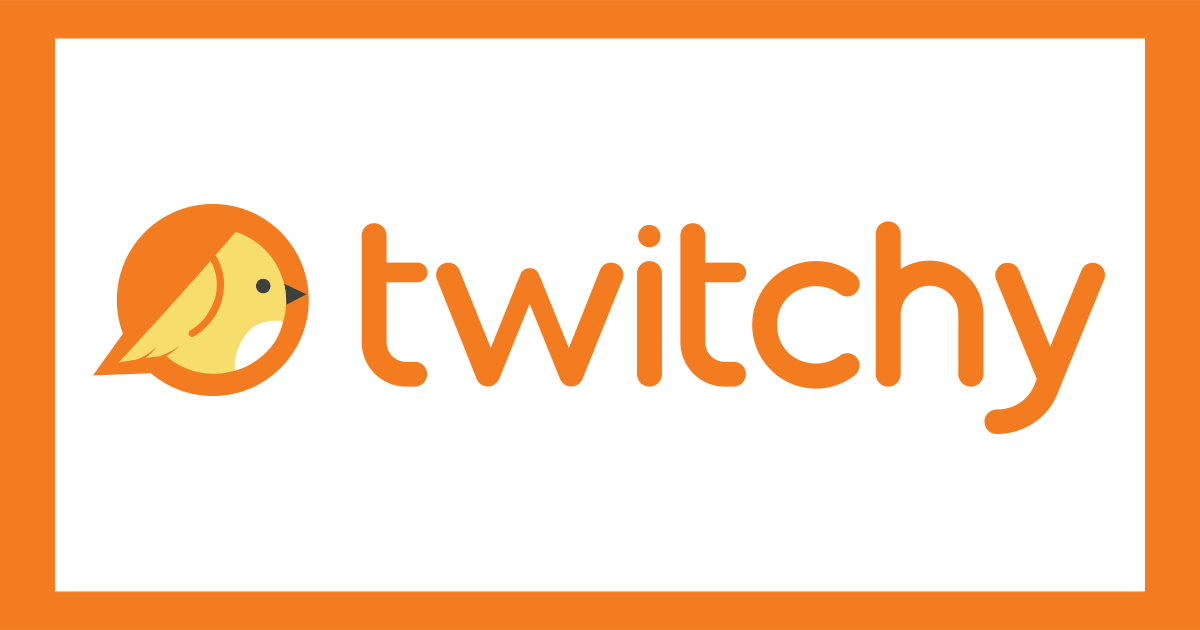“But it’s only six books!” exclaim those who see no problem with having books disappear forever. And if that sounds like an exaggeration, keep in mind that not only have those six Dr. Seuss books been pulled from shelves and publication — you can’t even buy them used on a third-party seller like eBay. And it’s not just six books: Teaching Tolerance, which used to use “The Sneetches” to teach about overcoming racism, is now concerned that the book isn’t “anti-racist” but promotes a race-neutral approach — the Sneetches decide to overlook their differences but don’t examine the underlying historical structural power imbalances.
So yes, it’s more than six books. Vox writer Constance Grady wrote about “The Cat in the Hat Comes Back” and its problematic content:
This, from @voxdotcom and the reliably terrible Constance Grady on #DrSeuss, is an absolutely gem of shot/chaserhttps://t.co/6aOuD4xgwa pic.twitter.com/FY33krttJR
— Cathy Young (@CathyYoung63) March 8, 2021
To be clear, I am not arguing that The Cat in the Hat is definitely racist, or that someone has to be racist to read The Cat in the Hat to their kids. (I would, though, suggest that this context makes that plot line in the sequel where the Cat smears ink all over the house and then the kids yell at him to kill the stains kind of uncomfortable, in light of the racial history of the way Black people, dirt, and ink are associated in American pop culture.)
That’s after a correction, however: “An earlier version of this article said that the Cat in the Hat smears a house with black ink in The Cat in the Hat Comes Back. It was actually pink ink.”
Pink ink is racist you guys
— Cathy Young (@CathyYoung63) March 8, 2021
— Cathy Young (@CathyYoung63) March 8, 2021
This is straight from the insane 2019 study that started this all
— Emily Zanotti (@emzanotti) March 8, 2021
All that crap about individualism, hard work, and the like being part of “white supremacy culture” also comes from one 2001 study by two academics, and they’re still teaching it today in anti-racism seminars and plastering it up at the Smithsonian.
And they doubled down even after realizing the error. Instead of eliminating the faulty argument they just removed the word black (didn’t add pink) and kept the argument relying solely on the use of ink.
— Dan Gillette (@dannygillette) March 8, 2021
Love how they don't remove the quote, just the color. Still implying a connection to race when the full context completely invalidates it. Very, very, very dishonest.
— エッグ♡サラダ (@synthicyde) March 8, 2021
Frosting! Not ink! Do people actually read these books before writing about them?
— Dave Swartz (@dwswartz) March 8, 2021
IT WAS PINK FROSTING
— Joe Seither (@joeseither) March 8, 2021
The cat was eating cake in the tub and left a pink ring, remember?
She wrote a piece about The Cat in the Hat without reading The Cat in the Hat? It's not like it would have required a huge investment of time.
— Evan Bear (@evanbear20) March 8, 2021
Wait, what? Is this just another example of me being really ignorant of pop culture, or do people actually associate ink and dirt with black people? This is written as though it’s a common trope, and I’ve literally never once heard this before.
— Corie Whalen (@CorieWhalen) March 8, 2021
It's like people who see Jesus in toast.
— Stuart Tozer (@stutozer) March 8, 2021
Are black people associated w/ dirt and ink in pop culture? If so, it’s always gone over my head. I wonder if at a point there’ll be a serious backlash among minorities to white wokesters projecting racism onto everything? Maybe the lamp’s not racist, Marge, maybe it’s you.
— Bentalope (@behaviorben) March 8, 2021
Didn’t we read not too long ago about how white supremacists had adopted milk as their drink of choice? “The Troubling Link Between Milk And Racism,” went the HuffPost story, while the New York Times went with, “Why White Supremacists Are Chugging Milk.”
If it makes HER uncomfortable, SHE needs the therapy, not us
— Blanked (@BlueCollarWrk) March 8, 2021
That argument says a lot more about the author of the piece than about the book.
— Vladimir Rodrigues (@Daremodemo) March 8, 2021
It's amazing that society is so damn prosperous that we can afford to pay people for this nonsense.
— Joseph Rio (@josephwrio) March 8, 2021
So we can totally rely on the "they're not cancelling Dr. Suess, just cleaning up the brand" talking point
— Steve Nadel (@StevenNadel) March 8, 2021
Yep, it’s just six books. That’s it.
Who knew? I thought The Cat In Hat was evil because he encouraged kids to disobey their parents?
— Chris Bell (@Chris_Bell_TO) March 8, 2021
I'm so confused.
— Elexa Nosonchuk ✌?✌? (@healthybear35) March 8, 2021
"But the decision, which caused enormous uproar across the right-wing infosphere, is part of a larger debate raging across the children’s literature community."
Sure. Sure it is.
— woka-cola (@ElliotR) March 8, 2021
We’re certain the children’s literature community is pretty evenly split between liberals and conservatives and they’re on the verge of civil war.
Related:
Business Insider journo explains that conservatives' 'obsession' with Dr. Seuss et al. stems from 'their fear of white people becoming a minority' https://t.co/22kmIvEidy
— Twitchy Team (@TwitchyTeam) March 8, 2021
























Join the conversation as a VIP Member